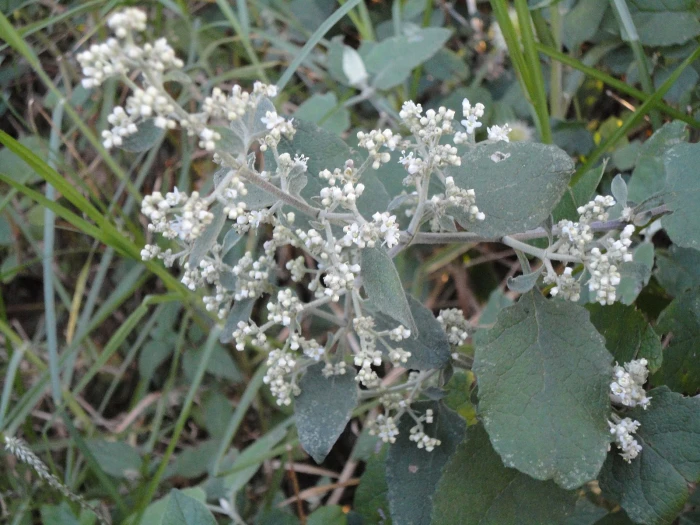White Climbing Sagewood
(Buddleja dysophylla)
White Climbing Sagewood (Buddleja dysophylla)
/
/

JMK
CC BY-SA 3.0
Image By:
JMK
Recorded By:
Copyright:
CC BY-SA 3.0
Copyright Notice:
Photo by: JMK | License Type: CC BY-SA 3.0 | License URL: https://creativecommons.org/licenses/by-sa/2.5 | Uploader: JMK | Publisher: Wikimedia Commons |




Estimated Native Range
Climate Requirements for North Royalton, Ohio
| This Plant | Your Site | Plant Suitability for Your Location | ||
|---|---|---|---|---|
| • Precipitation | 20" - 61" | 38" | Aquatic | Aquatic |
| • High Temp. | 68°F - 88°F | 82°F | Your summer temperatures are normal for this plant. | Excellent |
| • Low Temp. | 31°F - 53°F | 17°F | Your winter temperatures may be too cold for this plant | Too cold |
This plant may not grow well at your location - your precipitation is too high.
Summary
Buddleja dysophylla, commonly known as White Climbing Sagewood, is a deciduous shrub or small tree native to the woodland and forest margins, as well as riverine bush of Southern and Eastern Africa. It typically grows 1–10 meters in height and is characterized by its divaricate branching, which gives it a somewhat sprawling appearance. The plant is only erect when isolated. White Climbing Sagewood produces clusters of small, tubular white flowers during the winter months, which are modestly showy and attract a variety of pollinators.
White Climbing Sagewood is valued for its ability to adapt to various light conditions and its drought tolerance once established, making it suitable for xeriscaping. It is often used in gardens for informal hedges or as a climbing plant over structures when supported. This species prefers full sun to part shade and thrives in soils with medium drainage. While it can tolerate low water conditions, moderate watering will encourage better growth and flowering. It is relatively low-maintenance, but gardeners should be aware of its potential to spread if not managed properly.CC BY-SA 4.0
White Climbing Sagewood is valued for its ability to adapt to various light conditions and its drought tolerance once established, making it suitable for xeriscaping. It is often used in gardens for informal hedges or as a climbing plant over structures when supported. This species prefers full sun to part shade and thrives in soils with medium drainage. While it can tolerate low water conditions, moderate watering will encourage better growth and flowering. It is relatively low-maintenance, but gardeners should be aware of its potential to spread if not managed properly.CC BY-SA 4.0
Plant Description
- Plant Type: Shrub
- Height: 15-20 feet
- Width: 2-3 feet
- Growth Rate: Moderate
- Flower Color: White
- Flowering Season: Winter
- Leaf Retention: Deciduous
Growth Requirements
- Sun: Full Sun, Part Shade
- Water: Low, Medium
- Drainage: Medium
Common Uses
Bee Garden, Bird Garden, Butterfly Garden, Deer Resistant, Drought Tolerant, Fragrant, Hummingbird Garden, Low Maintenance, Rabbit Resistant
Natural Habitat
Woodland and forest margins, as well as riverine bush in Southern and Eastern Africa
Other Names
Common Names: White Climbing Sage
Scientific Names: Buddleja dysophylla, Chilianthus dysophyllus, Nuxia dysophylla
GBIF Accepted Name: Buddleja dysophylla (Benth.) Phillips